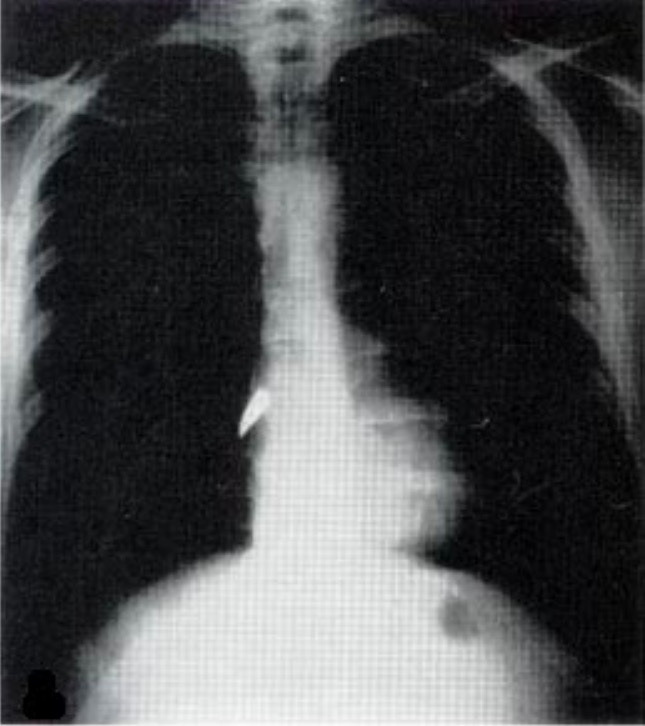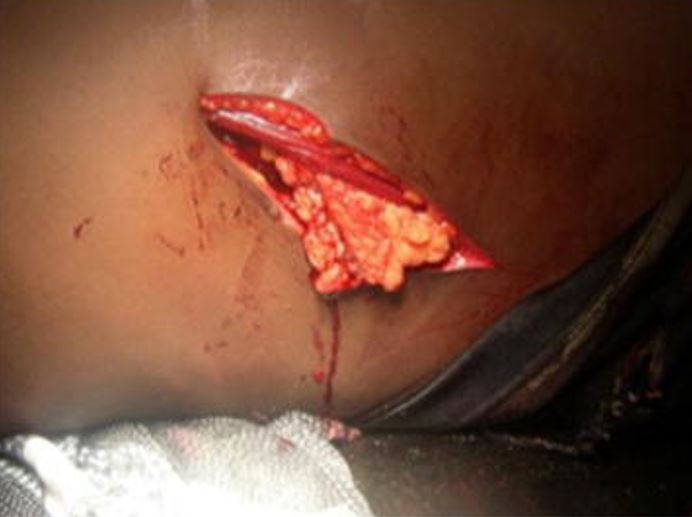Playlist
Show Playlist
Hide Playlist
Penetrating Abdominal Injury
-
Slides AbdominalInjuries Surgery.pdf
-
Download Lecture Overview
00:01 Now, we’ve discussed blunt injury, let’s talk about penetrating injury. 00:06 Penetrating injury in the United States has decreased significantly. 00:09 In fact, most trauma centers see 85% blunt injury patients. 00:12 This is good for our patients. 00:15 Now, penetrating abdominal injuries are a little bit different than blunt in the sense that they are more at risk for perforation and may require surgery. 00:24 In fact, most penetrating abdominal surgeries require at least a diagnostic laparoscopy. 00:30 That’s in the hope of avoiding a major exploratory laparotomy incision particularly if the exploratory laparotomy may turn out to be negative. 00:41 Now, remember, if there is a question of peritoneal violation, which is the indication for surgery, you can always offer a diagnostic laparoscopy. 00:49 Small little incisions take a look at it while the patient is asleep. 00:52 Or alternatively, you can do what’s called a local wound exploration. 00:56 I have to say particularly in obese patients, it’s easier said than done in the trauma bay but it can be done under local. 01:03 If you notice that there is peritoneal violation or suspect it, the patient needs to have an exploration. 01:09 Now, let me pose another clinical scenario. 01:11 What if patient is stabbed from the left flank with a butcher’s knife? What are some potential injuries? I’ll give you a second to think about it. 01:23 Let’s go over the potential injuries. 01:25 I hope you kept these in mind. 01:27 Clearly, anything on the left flank can injure the kidney, colon, small intestines, aorta, and the ureter. 01:36 Now, in this image, you see a colon injury. 01:41 What are your priorities? Well, in the operating room if done in a timely manner, there should be very little contamination or spillage of stool, but our main goal is actually controlling the contamination and maintain stability. 01:55 If all those cases are in a relatively clean and controlled situation, there’s nothing wrong with just putting a suture and closing the hole depending on how big the hole is. 02:05 In all penetrating colon surgeries prior to making incision, the patient should get pre-operative antibiotics. 02:12 Remember, you can close the hole primarily if there is very minimal spillage. 02:15 No drains are usually necessary. 02:18 However, this is not the case if there’s a lot of contamination. 02:22 In these situations with significant contamination either a blood or a stool, patient may need a temporizing ostomy. 02:31 Here you see an ostomy. 02:32 Remember, tell the patient it’s temporary. 02:34 And with significant stool spillage, I recommend you leave some drains.
About the Lecture
The lecture Penetrating Abdominal Injury by Kevin Pei, MD is from the course Surgery: Trauma.
Included Quiz Questions
A patient is stabbed in the left flank with a butcher knife. Which of the following is NOT a potential organ that could be damaged?
- Liver
- Colon
- Ureter
- Kidney
- Small intestine
A patient presents with penetrating colon injury resulting in significant contamination. Which of the following management options is MOST likely?
- Exploratory laparotomy and creation of an ostomy
- Exploratory laparotomy with primary colon repair
- Exploratory laparotomy and irrigating the abdominal cavity with antiseptics alone
- Antibiotic treatment alone
Customer reviews
5,0 of 5 stars
| 5 Stars |
|
5 |
| 4 Stars |
|
0 |
| 3 Stars |
|
0 |
| 2 Stars |
|
0 |
| 1 Star |
|
0 |






